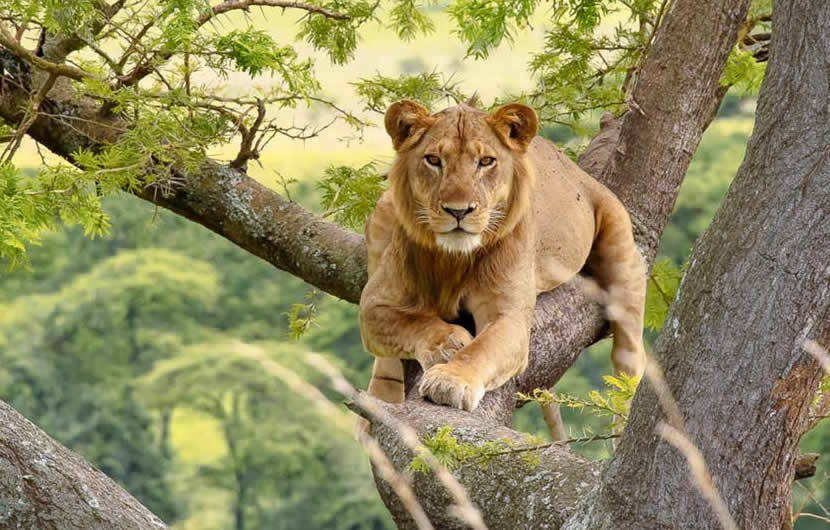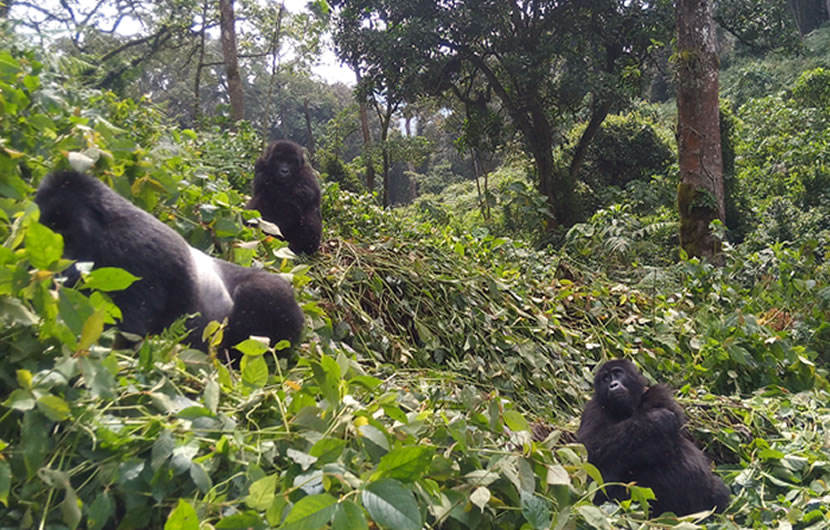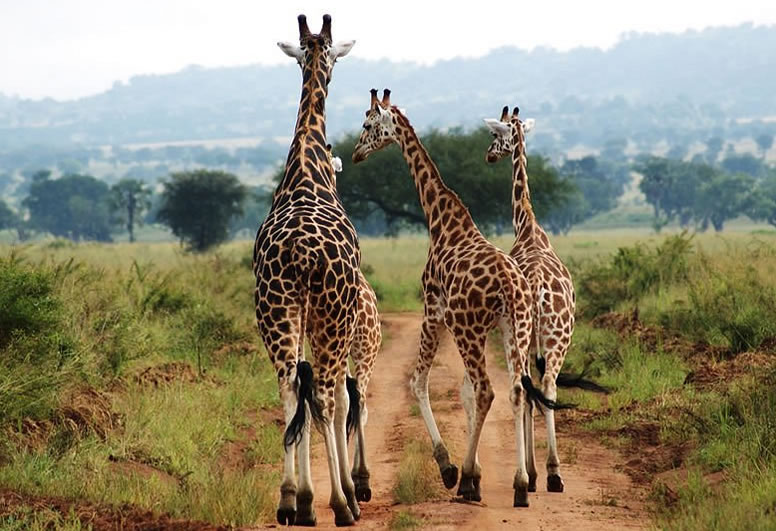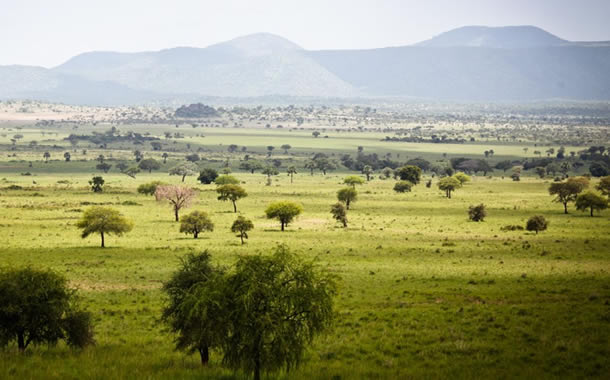
Uganda Lions Extinction Threat
August 10, 2019
Uganda Safari Adventure Tips
September 30, 2019Big game hunting was one of the most popular wildlife activities in most parts of Africa before the tourism industry was seen as a main source of income. It is only when some animals species received the endangered species mark that some countries to a step to counter activities that seemed to affect the growth and multiplication of wildlife.
Animals such as Leopards, Lions, Elephants, Rhinos and buffaloes were some of the main victims not only to game hunting but also poaching.
But after several groups of game hunters falling victim and prey to some of the above animals, the Lions, Leopards, Elephants, Buffaloes and Rhinos were listed as the big five prey to avoid in can anyone was planning to venture into hunting for Leisure.
Though game hunting has been abolished in most of the African tourist destinations; the phrase “Africa big five” has been reserved to refer to; Lions, Leopards, Elephants, Buffaloes and Rhinos.
Cape buffalo
The Cape buffalo is one of the biggest land species weighing between 300-900kg, with a life span of 18-20 years in the wild and up to 25 years in captivity. They have a gestation period of around 340 days commonly producing 1 calf; it is only on rare occasions that they produce 2 calves.
Buffaloes often have a 2 years breeding period before getting ready to conceive again. The can be spotted predominantly in Murchison falls national park, Queen Elizabeth national park and Kidepo valley national park
African Elephant
The African Elephant is the biggest land mammal on the face of the earth weighing over four tons when it is fully grown.
The African elephant is subdivided into two species, forest elephants and savannah elephants. The forest elephants can be spotted in Bwindi impenetrable forest national park, Kibale forest national park, and Mgahinga gorilla national park.
Though these parks are mainly known for gorilla trekking and chimpanzee tracking, nature walks can be organized to discover more about the flora and fauna in these parks.
Southern White Rhinos
Rhinos suffer the same threat like the Elephants, unfortunately when it came to the rhinoceros; they went extinct in Uganda during the early civil wars in Uganda until an initiative was taken to open up Ziwa Rhino sanctuary to breed Rhinos again hopefully to release them back into the wild in future.
Today, ziwa rhino sanctuary is open to tourist with over 21 rhinos available for tourist viewing.
Lions
The king of the jungle is one of Uganda’s most threatened wild animals currently having a population of less than 1000 in wild, national game parks and reserves. These include: Queen Elizabeth national park which is also famous for the tree climbing lions. The park offers a special lion tracking safari specific to the tree climbing lions.
Kidepo valley national park, and Murchison falls national park are the other famous destinations where lions can be spotted in their natural environment.
Lions are known to be some of the laziest animals, therefore you are likely to find them sleeping most of the times during your safari.
Leopards
Africa is mainly known for the big five however; in the cat family they also have the big five namely: Tigers, Lions, Jaguars, Leopards and Cheetahs. This rating is according to size making the Leopard the fourth biggest among the five big cats.
Its most distinctive mark are its rosette spots. Its black spots form a shape of a rose flower unlike the cheetah which simply has spots and the Jaguar which has spots in the middle of its rosettes.
The leopard can run up to 58km/hr though it rarely runs for a long distance during hunting. It often does what we call spot hunting; hiding and ambushing its prey. An adult leopard weighs between 30Kg and 35Kg with the ability to carry prey 3 times its weigh above on the tree.
In Uganda, the Leopards can be spotted in Kidepo valley national park, Queen Elizabeth national park, and Murchison falls national park. Leopards are hard to be spotted because they are solitary cats however with the help of a good professional tour guide there are higher chances of spotting the leopards on your safari.



